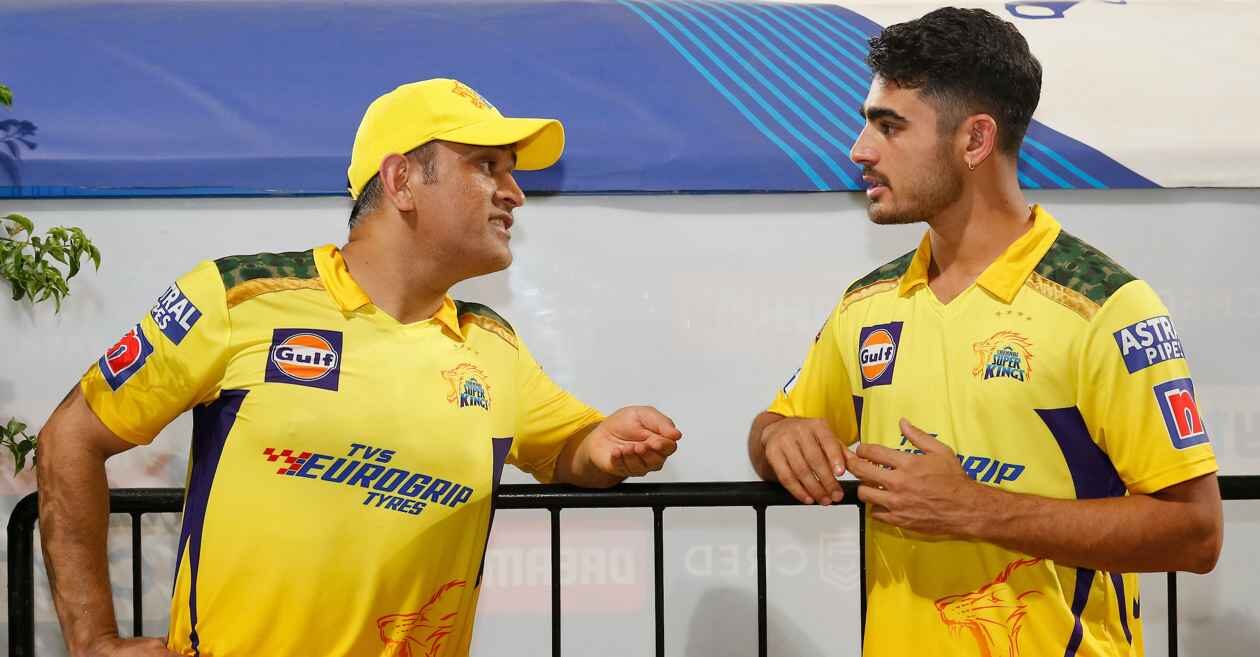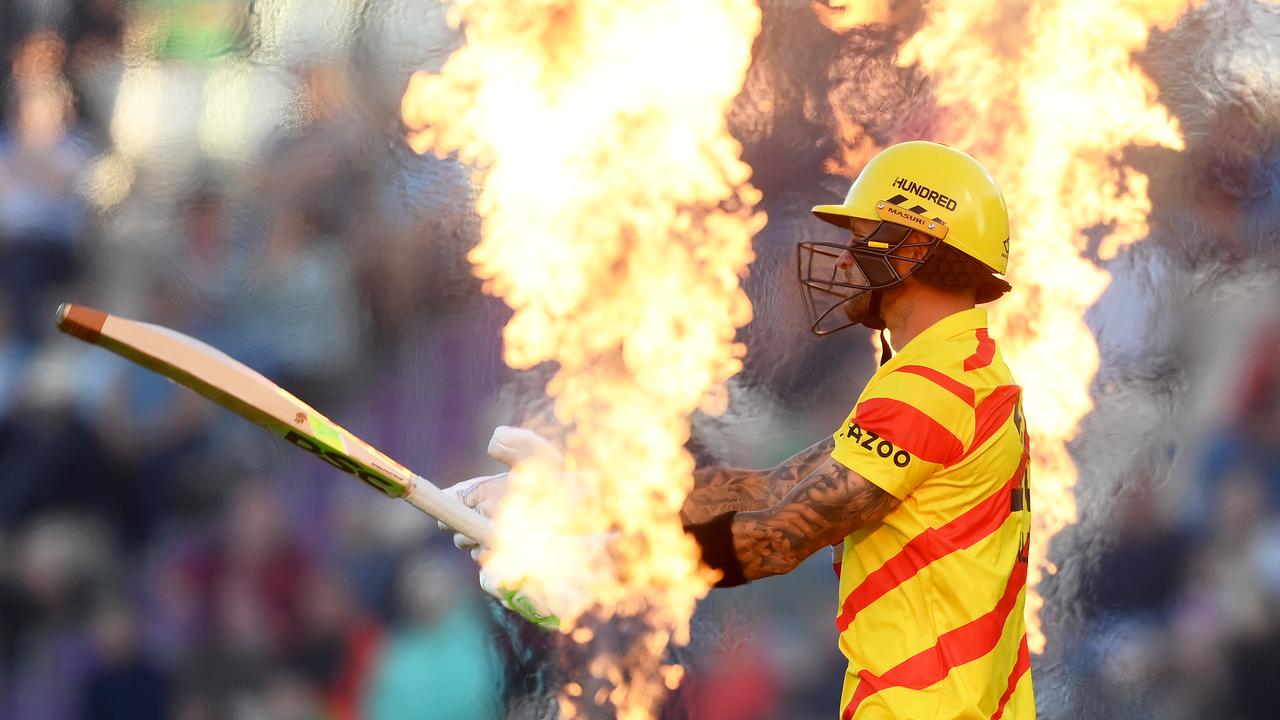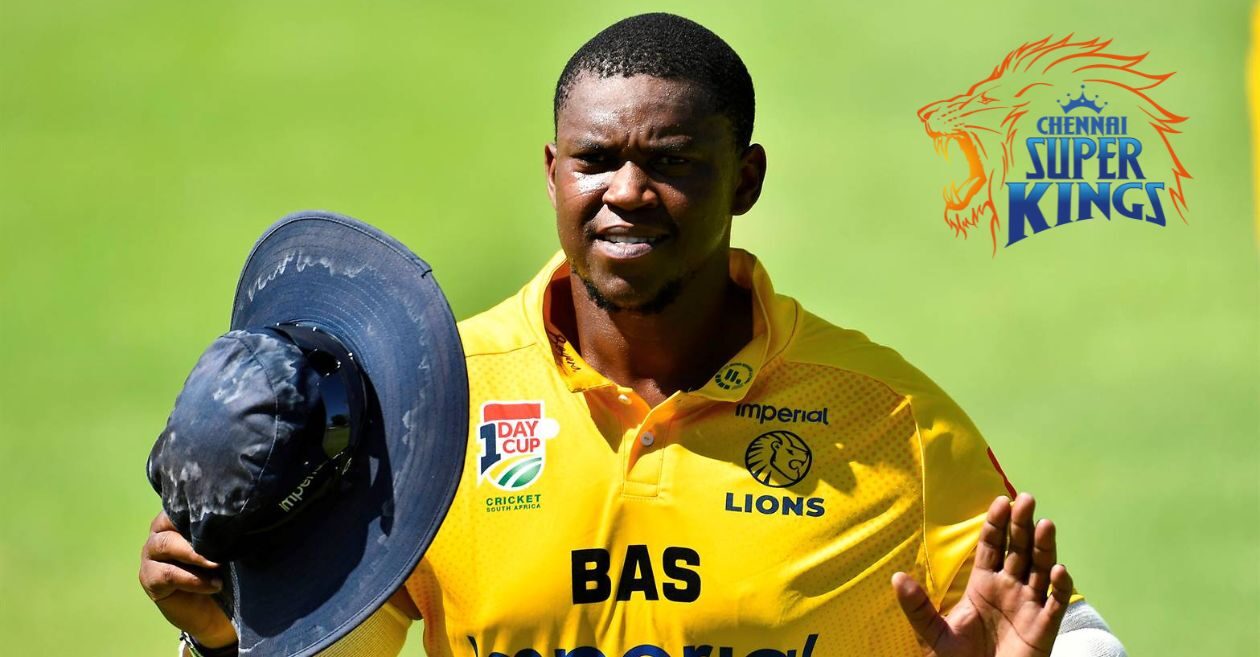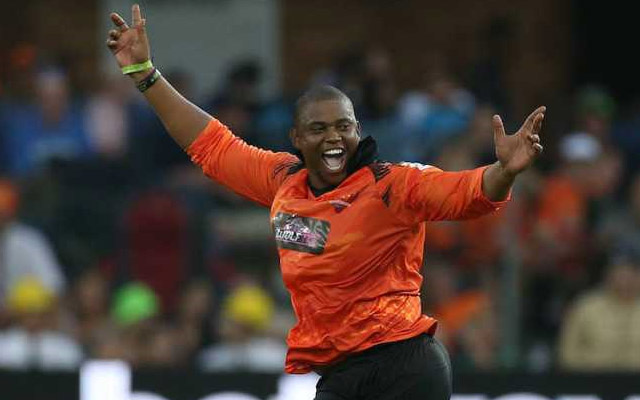Major League Cricket is the latest incarnation of the game trying to finally win over America. English cricket will be watching nervously this time, writes MIKE ATHERTON.
When you’ve been around a while, hair starting to grey and limbs aching in a morning, very little in cricket is new under the sun. I can recall numerous attempts to give the game a firm financial push across the pond: Allen Stanford, the disgraced financier, had a crack, even Shane Warne and Sachin Tendulkar had a go. This time – in the words that every successful investor is taught to be wary of – it may be different.
Nothing transformational has happened thus far. The game, once popular in the United States in the 19th century but sent to the margins by dint of its Englishness, has pottered along, played by immigrants from the West Indies and South Asia in the main. There have been significant steps, for sure, but the game has been held back by administrative bickering and a lack of mainstream interest.
But the hope has never stopped flickering. As a broadcast market, it remains the third-most lucrative for England and Australia; about five million immigrants from South Asia mean its playing resource could be as big as the Caribbean or New Zealand and, as cricket has thrummed to the beat of the free market after the Indian Premier League (IPL), it has always been foolish to discount the potential of the most gung-ho free market there is.
With the IPL franchises using the windfall from their vast domestic television deal to spread their wings into different territories – the United Arab Emirates, South Africa and the Caribbean – it was only a matter of time before the attraction of America lured them in. Of the six new franchises in MLC, four have stakes bought by IPL teams – New York by Mumbai Indians, Texas by Chennai Super Kings, and Los Angeles by Kolkata Knight Riders, while Delhi Capitals part-own the Seattle team with Satya Nadella of Microsoft.
These days, when the IPL owners make a play, it is sensible to take note. As the IPL prepares for its 16th season, the tournament is the second most valuable television sporting property on a per-game basis in the world. Set against it, the cricketing competition (in financial terms) is feeble: few other domestic franchised tournaments make a profit and legacy institutions and administrators have responsibilities to be more than a cash machine.
More than that, after the MLC’s inaugural season, America will have the tailwind of its first ICC global tournament, to be held in the summer of 2024, when the T20 World Cup will be jointly hosted by Cricket West Indies and USA Cricket. A third of the matches will be played in America with all the infrastructure boost and spending that comes with a global event, not to mention a guaranteed qualification as a co-host. Infrastructure will be key.
Why the nervousness here? The first, and most obvious, reason is timing: although international cricket has encroached more and more on the English summer, which used to have a monopoly over the calendar for four months, franchise tournaments have largely avoided a clash with the high summer months of June and July. MLC happens right in the middle of the English summer and has already attracted some big names who might otherwise have been bound for the Hundred.
England-contracted cricketers will not be allowed to go, nor those multi-format county players who are on red-ball and white-ball deals. But, if it takes place in between the Blast and the Hundred, what about the growing number of white-ball specialists, such as Alex Hales, Will Smeed and Tymal Mills? It would be hard to deny No Objection Certificates and then, if the price is right, would that encourage more young players down the Smeed route, ignoring first-class cricket altogether? The price offered for one of the biggest names in one-day cricket, Jason Roy – now on an incremental contract only with England – was reported in newspapers this week to be in the region of £300,000 over a two-year period.
The push in America comes at an interesting time in the English game, with a new administration in the shape of the two Richards – Gould and Thompson – at the ECB and a financial review from Fanos Hira, the Worcestershire chairman, nipping at their heels.
It is not yet clear what vision Thompson or Gould have for a rapidly changing game.
Some have argued that added competition is bad for the ECB’s flagship commercial tournament, the Hundred, and that pressure will come to bear on either that or the T20 Blast. I suspect it will only accelerate the move to private investment here, as bilateral international cricket declines in interest and revenues fall and franchises crowd the calendar.
All went quiet very quickly last summer after Mark Kleinman, Sky’s city editor, broke a story that there had been a £300 million offer made by the private equity group Bridgepoint for a 75 per cent stake in the Hundred. In a round of interviews towards the end of the summer, to herald the start of his chairmanship, Thompson did not discount bringing private money into the game. He said: “If inflation continues as it is and you have an asset there that you can realise, knowing that we’ve fixed 85 per cent of our income, then you can’t ignore that.”
He did urge caution, however, saying that the tournament needed time to find its feet, so creating potential value. What competition from across the pond, and elsewhere, is likely to do above all is accelerate that process. In the franchise world, where loyalty and tradition are absent, only one thing matters to players – the size of the cheque. Because of that, cricket’s time in America may have come at last.
– The Times
Originally published as Mike Atherton: Why cricket’s latest rise in America may be a problem for the English game
@ChennaiIPL @IPL
@msdhoni is BACK in Chennai & how
#TATAIPL | #CSKvLSG
pic.twitter.com/YFkOGqsFVT
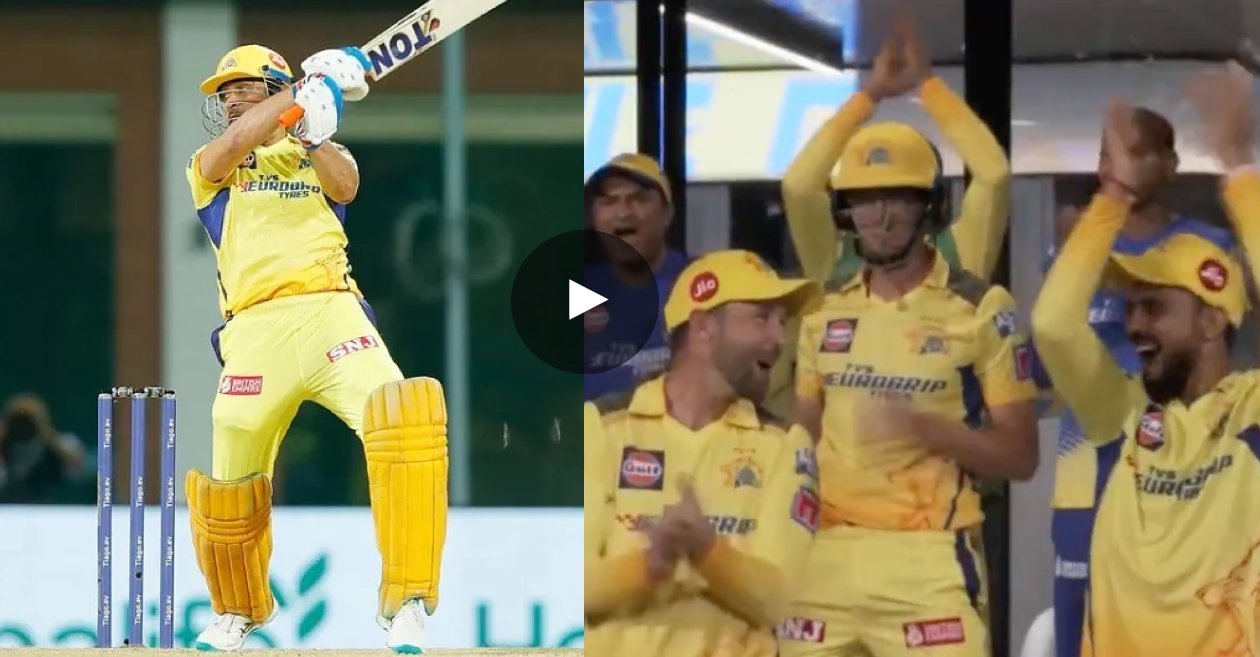



 (@sandeepkishore_)
(@sandeepkishore_)  (@VRBommisetty)
(@VRBommisetty) 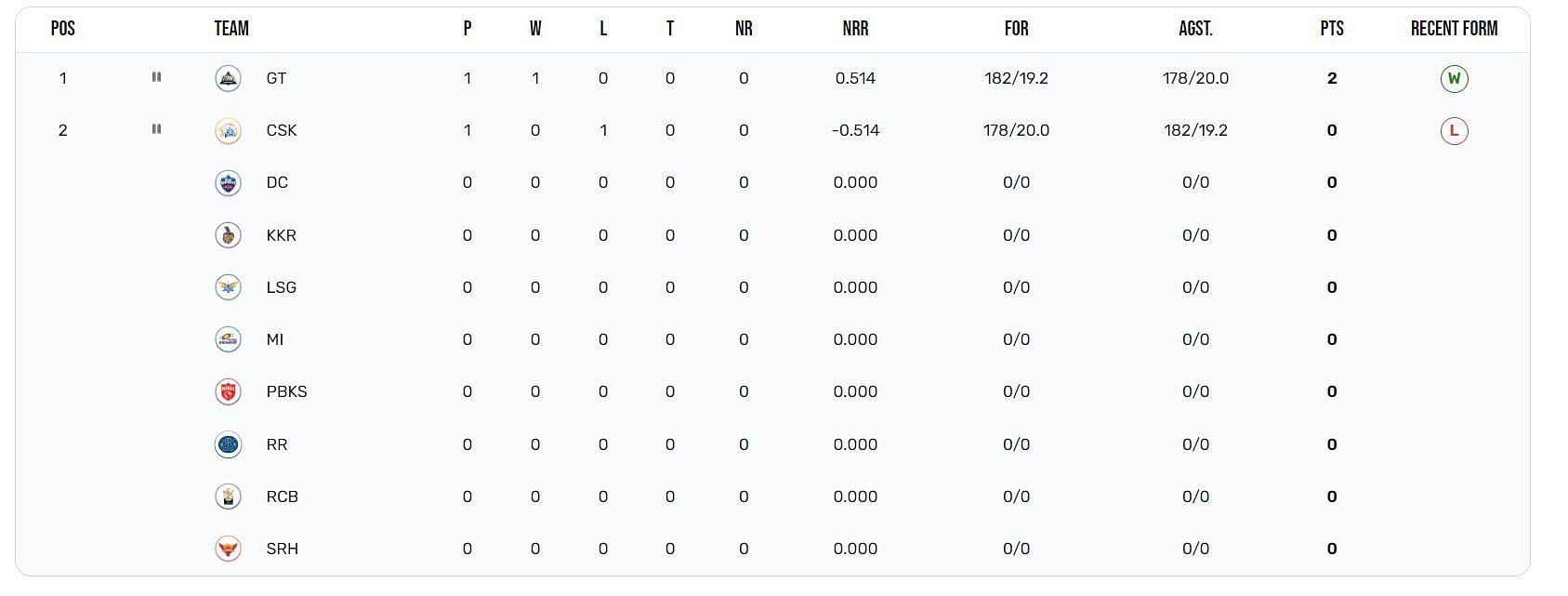
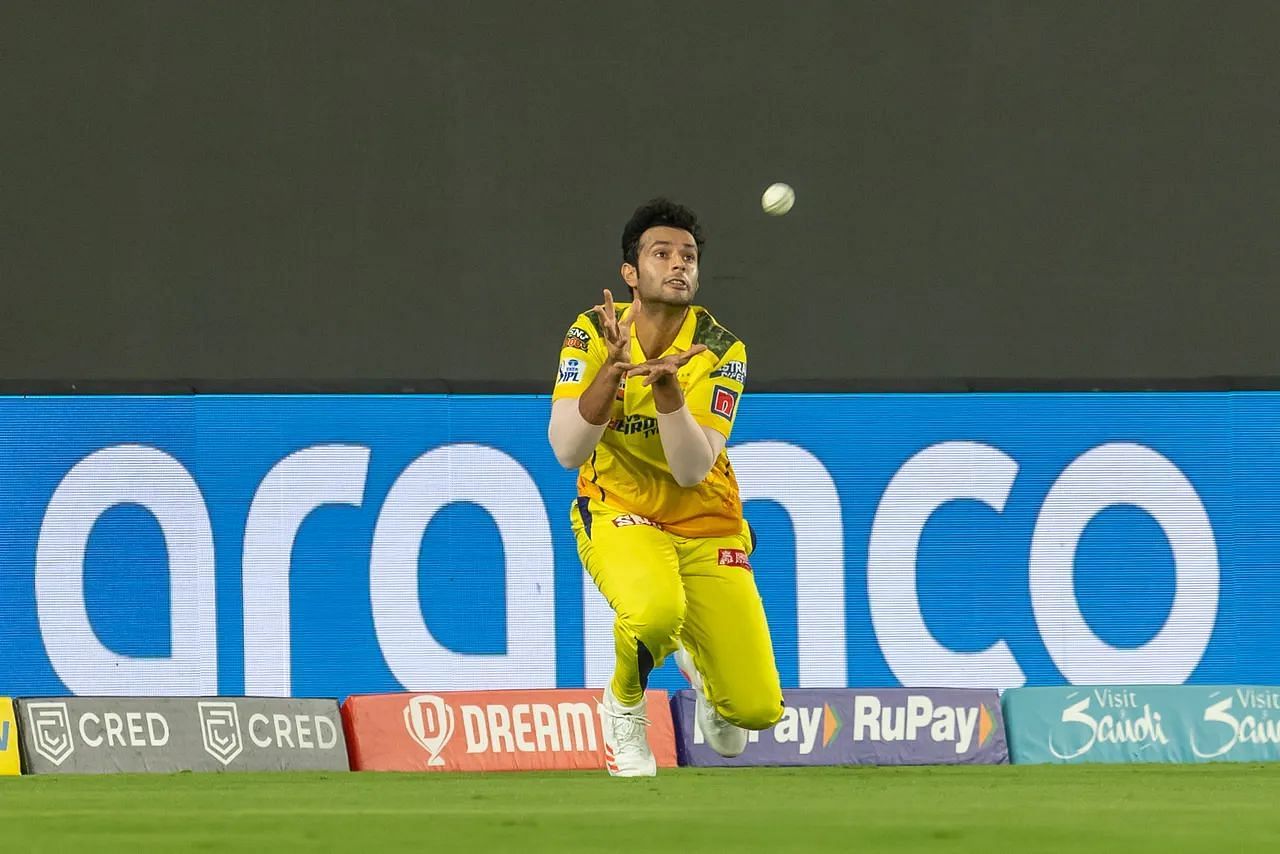
![IPL 2023 [Twitter reactions]: Shubman Gill shines in GT’s thrilling win over CSK in the tournament opener](https://crickettimes.com/wp-content/uploads/2023/03/GT-beat-CSK-in-IPL-2023-1260x657.jpg)



